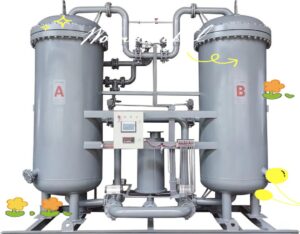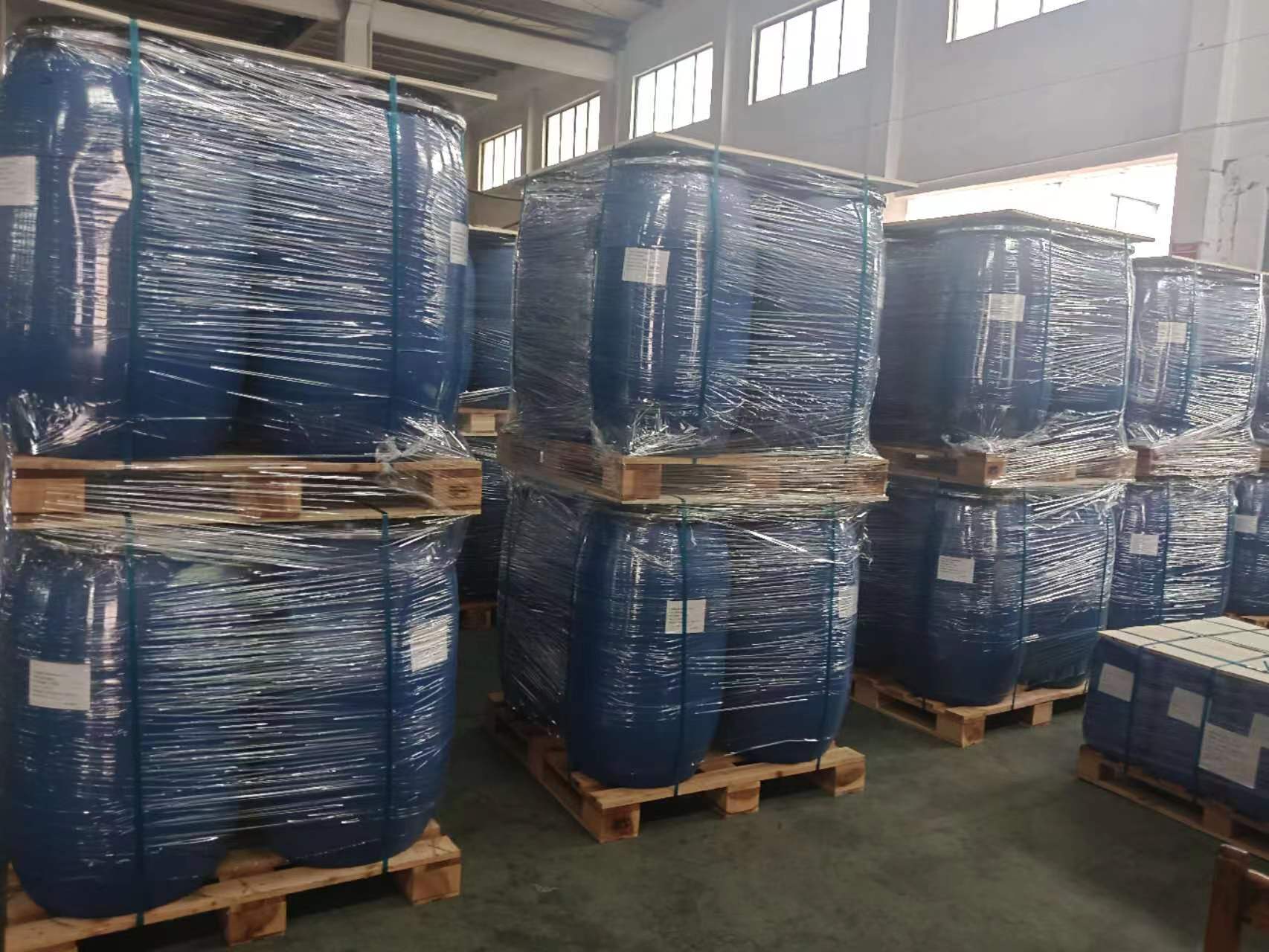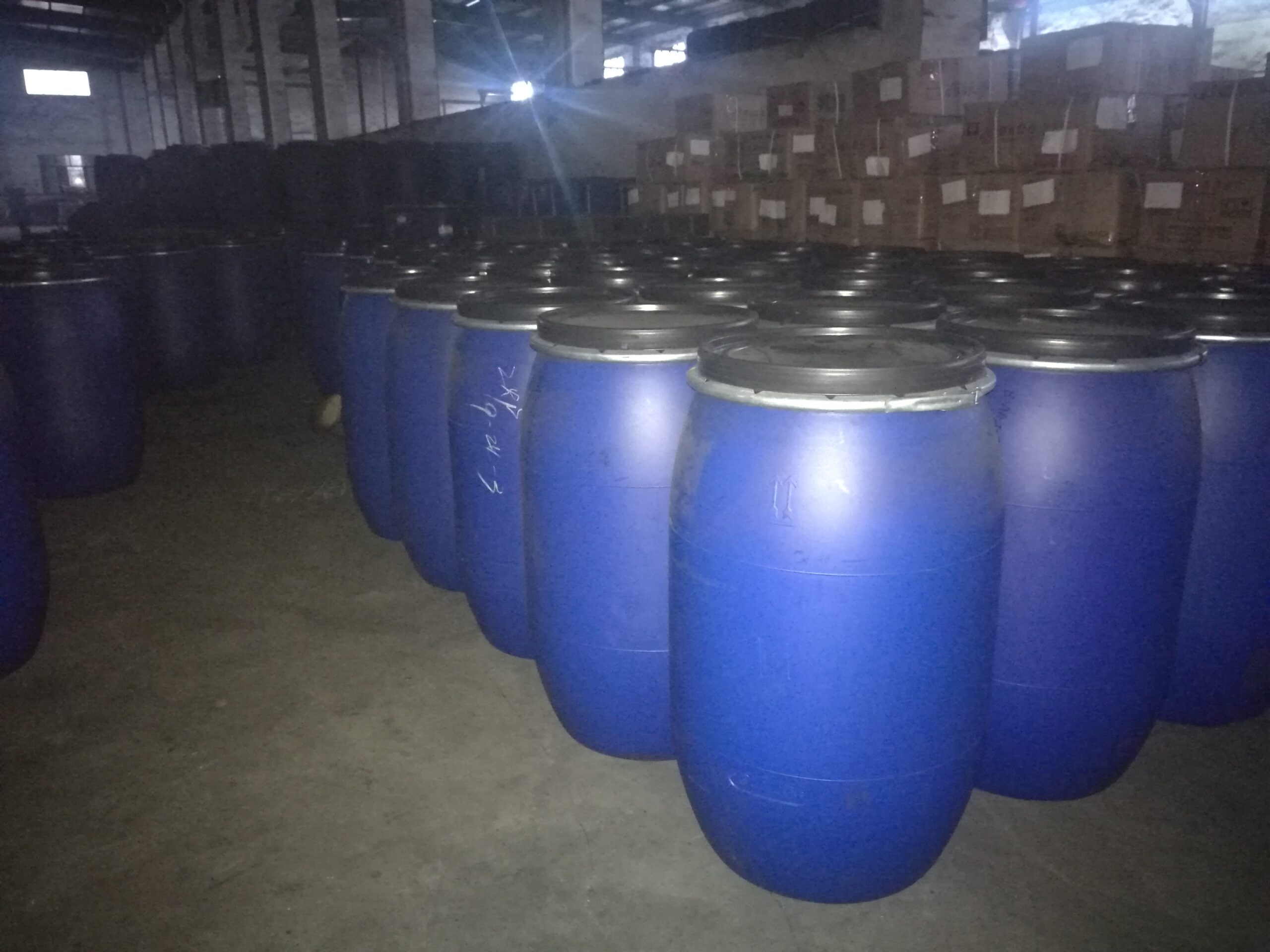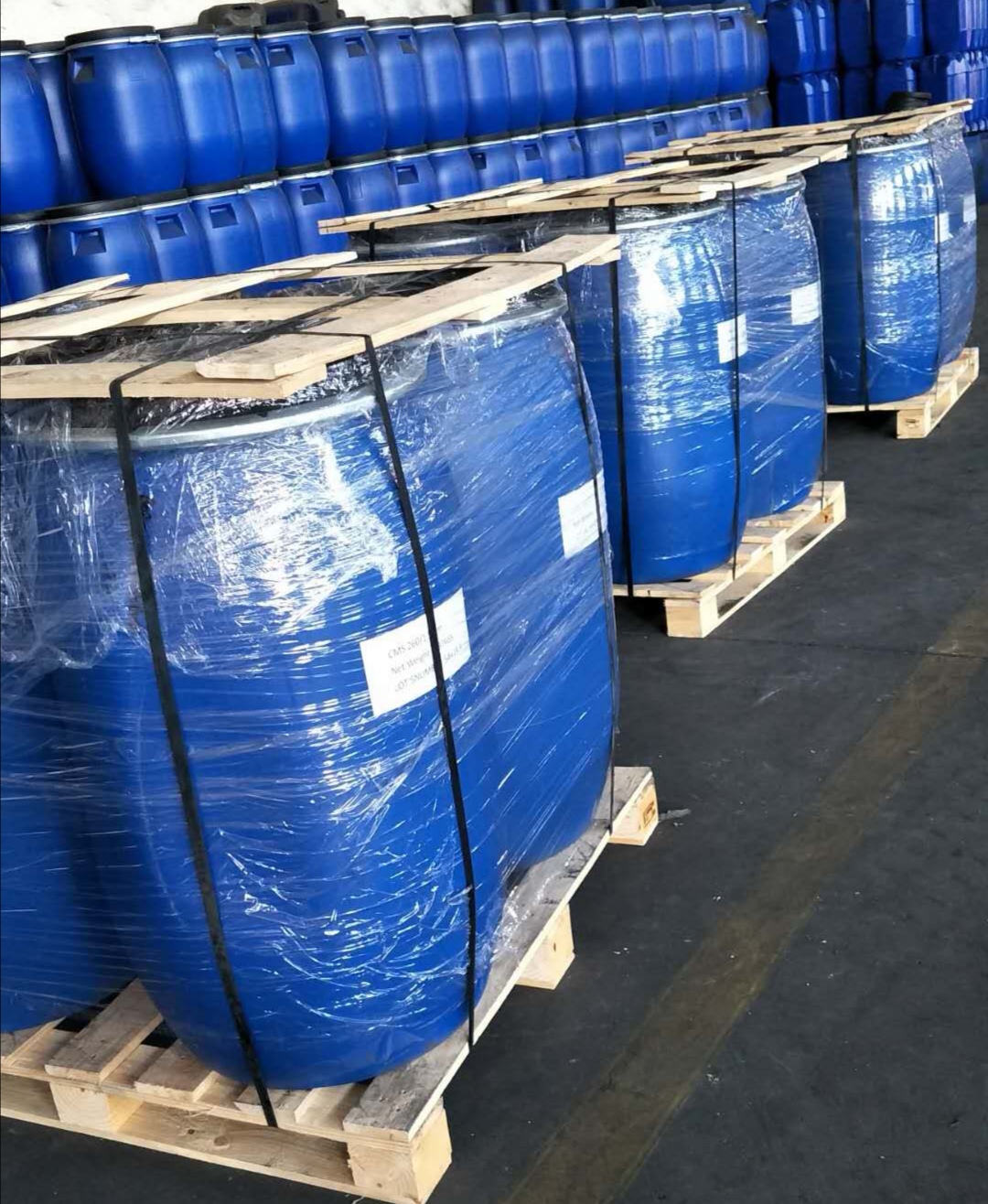Maintenance Cycle of Molecular Sieves in Nitrogen Generators and Detailed Protective Measures for Carbon Molecular Sieves
Molecular sieves are the core components in nitrogen generators, and their performance directly affects the operation efficiency of the nitrogen generator. To ensure the stable operation and long-term benefits of the nitrogen generator, it is crucial to understand the maintenance and replacement cycle of the molecular sieves. This article will elaborate on the maintenance measures and reasonable replacement cycle of molecular sieves in nitrogen generators, helping users better maintain the equipment and improve production efficiency.
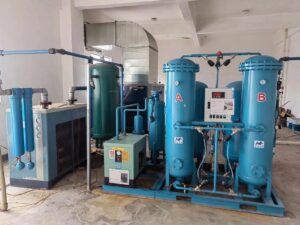
一. Maintenance Measures
Molecular sieves play a crucial role in nitrogen generators, and their performance directly relates to the operation efficiency of the nitrogen generator. To ensure the continuous stable and long-term efficient operation of the nitrogen generator, it is essential to pay attention to the maintenance of molecular sieves. These maintenance measures include regular inspection, cleaning, and replacement, aiming to maintain the good working condition of the molecular sieves and thereby enhance the overall performance of the nitrogen generator.
The maintenance of molecular sieves is crucial for the stable operation of nitrogen generators. To ensure the continuous high efficiency of the nitrogen generator, we must regularly inspect, clean, and replace the molecular sieves.
The maintenance of molecular sieves not only concerns the stable operation of nitrogen generators but also directly affects the improvement of their performance. By regularly inspecting, cleaning, and replacing the molecular sieves, we can ensure that the nitrogen generator remains in an efficient working state, thereby meeting the demands of various industrial applications.
二. Maintenance Cycles
To ensure the long-term stable operation of molecular sieves, we recommend following the maintenance cycles below: conduct a comprehensive inspection and cleaning of the molecular sieves at regular intervals, such as monthly or quarterly. Additionally, for molecular sieves that have been in use for a long time, their performance should be evaluated regularly, and they should be replaced in a timely manner based on the actual situation. These measures will help you keep the molecular sieves in the best working condition, thereby ensuring the continuous and stable operation of the nitrogen generator.
1.0 Times Maintenance Cycle
Adhering to a 1.0 times maintenance cycle means that for molecular sieves, a comprehensive inspection and cleaning should be carried out at regular intervals, such as monthly or quarterly. Such maintenance measures can ensure that the molecular sieves remain in a stable working condition for a long time, thereby guaranteeing the continuous and stable operation of the nitrogen generator.
1.5 Times and 2.0 Times Maintenance Cycles
When the maintenance cycle is increased to 1.5 times or 2.0 times, the frequency of inspection and cleaning of the molecular sieves will be reduced accordingly. However, this does not mean that the importance of maintenance can be ignored.
01 Maintenance and Protection of Carbon Molecular Sieves
In pressure swing adsorption nitrogen generation equipment, carbon molecular sieves play a crucial role. However, one of the main challenges they face is oil poisoning, which can significantly affect their performance. Moreover, the adsorption of water by carbon molecular sieves also reduces their adsorption capacity for oxygen. Since the compressed air from oil-lubricated air compressors often contains oil and water, it is necessary to remove oil and water before the compressed air enters the oxygen-nitrogen separation component.
The Impact of Oil and Water
If the front section of the nitrogen generator is not equipped with or the purification equipment fails, causing oil and water impurities to directly enter the adsorption tower and be adsorbed by the carbon molecular sieves, it will cause poisoning, seriously affecting their desorption capacity. Over time, the carbon molecular sieves may powderize, leading to a significant reduction in nitrogen production and purity.
The Role of the Air Storage Tank Component
In addition, the existence of the air storage tank component is also particularly important. It not only ensures the stability of the system’s air supply but also prevents the instantaneous air flow rate from being too fast during system switching, thereby affecting the purification effect of the air. By improving the quality of the compressed air entering the adsorber, the air storage tank component helps to extend the service life of the molecular sieves.
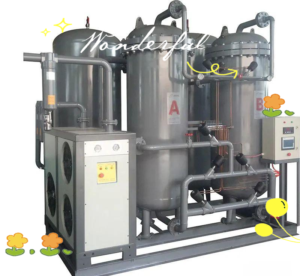
三. The replacement and lifespan of carbon molecular sieves
As the usage time of carbon molecular sieves increases, the purity of nitrogen they produce will gradually decrease and fail to meet the gas demand. At this point, replacement should be considered. Carbon molecular sieve poisoning can lead to substandard nitrogen purity in nitrogen generators, which is specifically manifested as oil and water leakage from the intake valve and blowdown valve, a large amount of black dust at the outlet of the muffler, powdered molecular sieves in the nitrogen process tank, and a significant decrease in nitrogen outlet pressure and flow rate. Therefore, users must attach great importance to the maintenance of the air purification system at the front end of the nitrogen generator and replace or maintain the molecular sieves as recommended by the manufacturer to ensure the efficient service life of the carbon molecular sieves.
